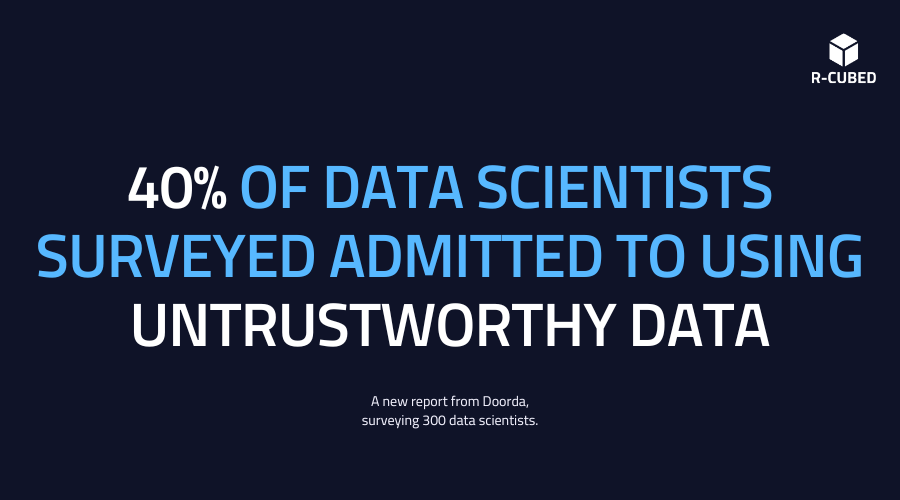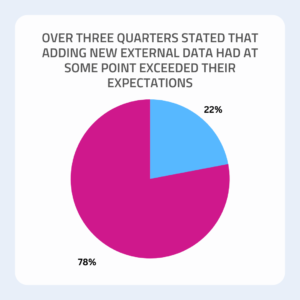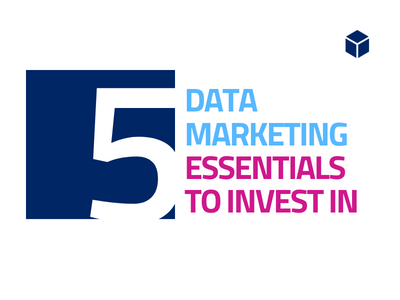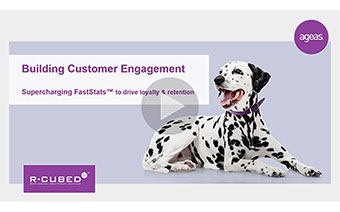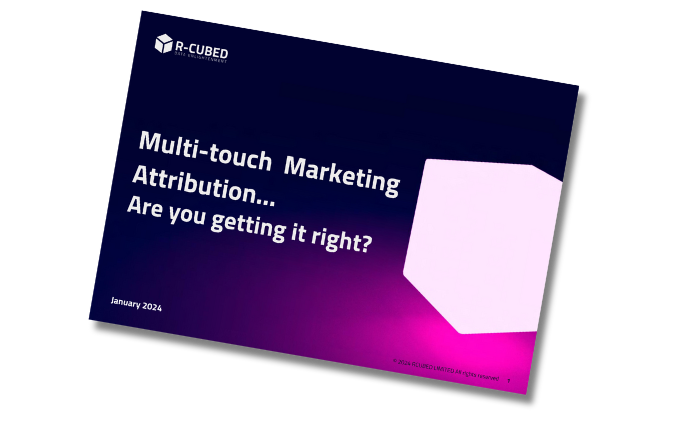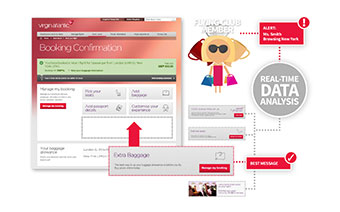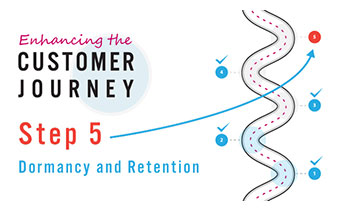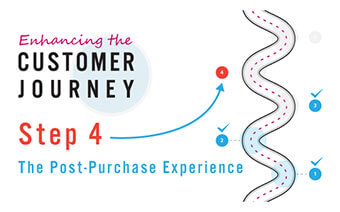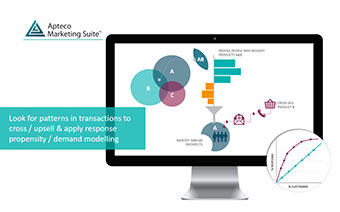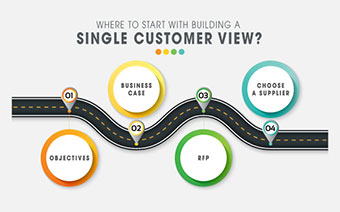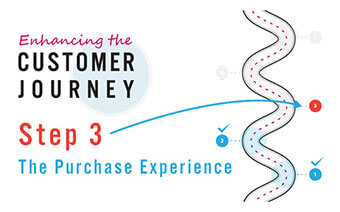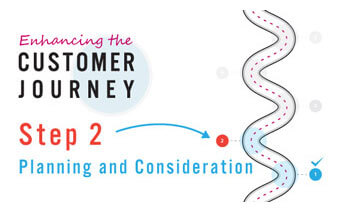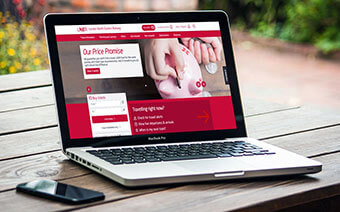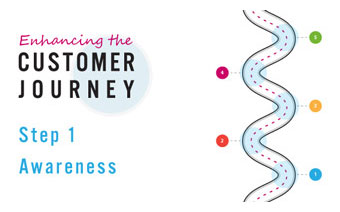Insurance providers are urged to review their data practices and ensure that data is coming from official, trusted sources as a new survey reveals that nearly half of data scientists surveyed have used untrustworthy, external data.
Doorda, a data provider, found that 40% of data scientists have reported they had used data that later proved untrustworthy. The report, ‘The Importance and Impact of Using External Data to Make Critical Decisions’, is based on a survey conducted by One Poll of 300 people responsible for data science, data analytics and predictive models.
Although external data, when used properly, can give significant improvements in the performance of data models, respondents complained that the data was failing in three key areas
- 34% reported data being of poor quality
- 33% said it was incomplete
- 31% found it was incompatible with their own data
“Data quality is essential. If the source data is incorrect, any resulting models or analysis will also be incorrect, meaning that not only has time and money been wasted, but that any resultant activity will be underperforming, at best. And equally as important, key opportunities to drive activity may have been missed.” – David Gray, R-cubed
We recommend asking 5 key questions before you rely on external data.
Can you validate it?
Understand where the data is coming from – is it a trustworthy source? How many hands has it passed through before it gets to you?
How was it collected?
Data can tell very different stories depending on how it was collected. Is the data a true reflection of customer views for example – or is it skewed by only asking people who are in the process of making claims?
Can you even use it?
Remember your GDPR training? Do you have the right to use the data? You need to track the data back to its source to understand if you have the right permissions.
What does it actually MEAN?
Not all data is equal. Good data gives you insight and helps to reveal opportunity. Data that doesn’t do this is just taking up space on your server.
Can you join it with your existing data?
If everything looks good and the data has value, then you need to join it with your other data to make use of it. How will it fit into your CDP or SCV? And how long will it take you to get it done?
We don’t mean to put anyone off using external data. The majority (70%) of the data scientists surveyed said their models contained at least 20% of externally sourced data and that in most cases, its performance exceeded their investigations.
However, data is too important and too powerful to be used casually. So, ensure that you have confidence in your data – both internal and external – so that you maximise the effectiveness of your marketing and other data-driven work.
To find out more about the study, follow the link here: https://www.postonline.co.uk/news/7954169/poor-quality-data-remains-the-biggest-challenge-for-insurance-data-scientists
Helping you deliver with data
Helping companies make sense of their data is what we do. When Ageas, a major UK insurer, wanted to use their data to deliver the best possible customer experience, we were delighted to help. R-cubed helped Ageas create an Engagement Hub that would allow intelligent customer conversations. The Engagement Hub is a bespoke solution that combines R-cubed’s technology, marketing expertise, and best-in-class analysis.
The Engagement Hub ensures that every customer at every touchpoint receives insightful and personalised customer engagement.
Discover more about our work with Ageas through our case study.

